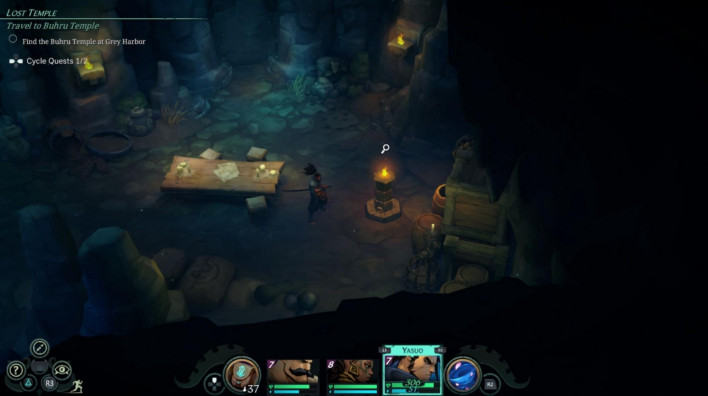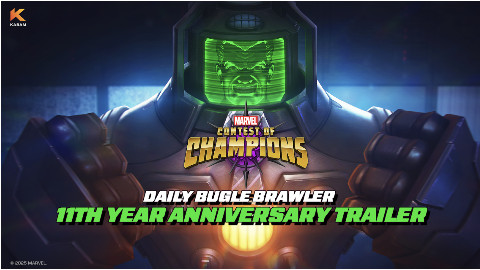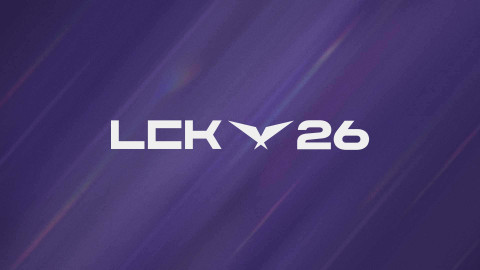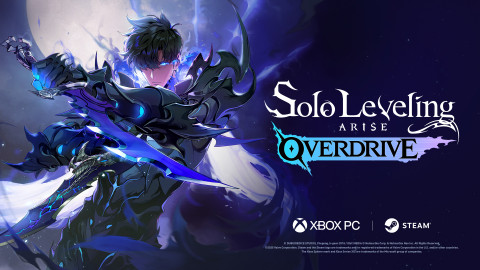
With Ruined King being dropped by surprise at a recent Riot event, we haven’t had the normal news cycle where a ton of gameplay gets shown off. That’s had the side effect of most players going in blind, and there’s a lot this game doesn’t tell the player that you really should know before you start playing.
1. Scan, scan, scan
Every part of the environment can be pillaged. Vases, crates, and barrels are the usual suspects for looting. However, with how dense and detailed many of Ruined King’s environments are, it can be easy to miss some spare change here and there.

Having points of interest highlighted is really nice, especially when you’re just getting started. Potions and equipment aren’t cheap, so you’ll need to collect all the gold you can find. NPCs that can be conversed with are also highlighted, as well as enemies. If you see an NPC highlighted and running your way, prepare yourself.
2. Check that map
Ruined King’s map is extremely useful, more so than most game maps. It highlights important landmarks the moment you enter an area, meaning that it’s hard to miss resources as long as you’re checking the map religiously. All the various vendors, quest-givers, and chests are laid bare for the player.

Notice how any chests within the area are permanently marked upon entering one of the many smaller areas that litter larger locations. This is great for completionists, as well as keeping track of inaccessible areas that require further progression. Additionally, the bottom right corner has a dynamic legend that shows what emblems mean as well as a tracker that’ll show when you’ve gotten every chest in that locale.
3. Manage resources
Maintaining your health and mana is harder than it initially seems, especially on harder difficulties. Keeping ample mana and health potions on you at all times is a must if you want to keep yourself alive, but there are a few other ways you can do that between battles too.

Rest points are spread across Bilgewater and they fully restore both health and mana at no cost. Potions are expensive, so being frugal and playing around rest points will keep some coin in your pockets.

The other main way to keep yourself healthy is the overcharge bar. Various abilities fill the red meter that overlaps your mana bar, and abilities will draw from that bar first. While this is nice for mana sustain, it’s also a great way to get some free heals in. Illaoi has some great healing abilities, so using up any spare overcharge to get a heal off before a fight ends will help you stretch your limited mana supply.
4. Develop a build
Each character has their own set of abilities and ways to improve them that come with levels and, in many ways, these characters feel similar to their League of Legends counterparts. In that same vein, not all builds are created equal. For example, while Braum has some options that increase his damage, you’re better off building him as a tank and CC character.

Upgrade paths also branch, usually taking one of two directions: utility or damage. For Yasuo’s Sweeping Blade, the hovered option grants Overcharge. On Yasuo, Overcharge can be used to augment his abilities on top of being temporary mana, so it synergizes well with his kit. Meanwhile, the other upgrade path offers bleed damage.
Both options can be strong, but you have to choose one or the other. However, skill points can be reassigned at any time. Experimenting is encouraged here, but keep in mind that building toward a specific playstyle with each character is usually the way to go.
5. Learn to lane
Laning is important in Ruined King, but it’s very different from League of Legends proper. While the stress of missing that cannon minion is gone, it’s important to understand how Lane abilities work. While Instant abilities are, well, instant, Lane abilities are powerful and time-consuming.
In addition, Lane abilities can be deployed in three different ways: Speed, Balance, and Power. Abilities in the Speed Lane take the least time with a low payoff. The Power Lane is the opposite, with a long wait time and a big payoff. Balance is the midpoint between the two. With that in mind, the actual effect of using abilities at different speeds is often less important than playing around the Boon or Hazard zones planted in the lane.

In the fight above, an ability put in the Power Lane would put him past a Boon that would grant him a bonus shield.

Putting that ability in the balance lane will make it a little weaker, but getting that shield is worth the slight hit to damage. However, if that shield Boon was a Hazard, sticking to the Power Lane would probably be the way to go so you can avoid the damage and/or debuff that would come from being stuck in the zone. There’s a lot of nuance to this system that comes later, but just know that playing around zones and getting your characters’ abilities out at the proper times is a very important part of Ruined King’s combat.
6. Save constantly
Ruined King isn’t overly liberal with its checkpoints, especially if you’re out doing side quests. Saving seems to be tied closely to the main story progression. Dying to an enemy that’s way above your level while exploring can erase a ton of progress, and that frustration can be avoided by remembering to save often. Ruined King can be challenging, especially on higher difficulties. It may take a while to get used to all the systems at play within Ruined King’s surprisingly deep RPG mechanics, but having a save point can make that learning process so much less frustrating.
-

Carver is an esports journalist and analyst who specializes in Eastern League of Legends.
Sort by:
Comments :0





